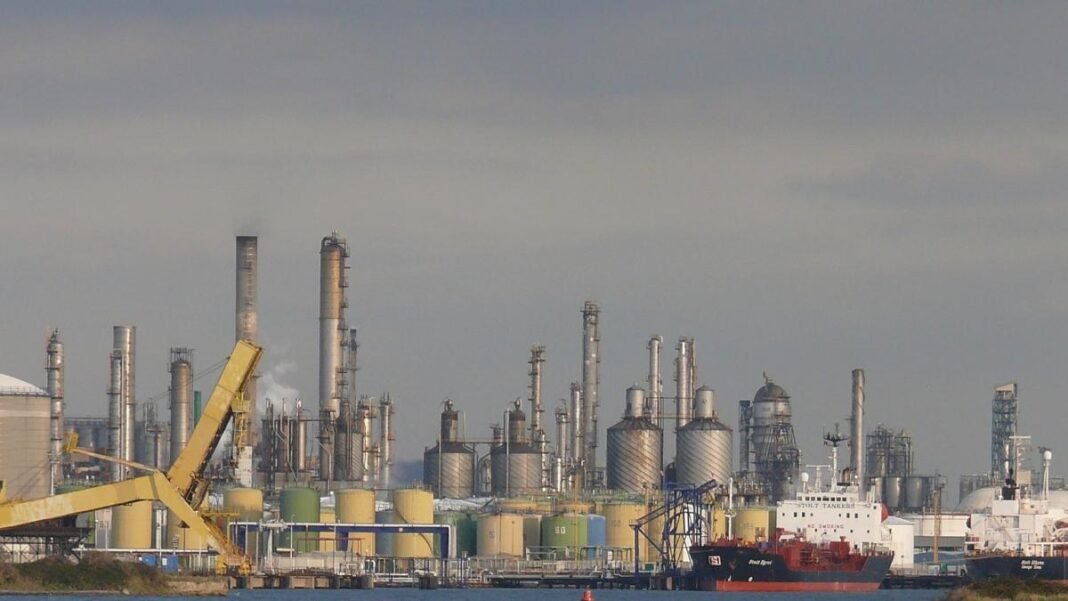By: K Raveendran
India is leading the switch in the flow of Russian crude oil, hit by sanctions in the wake of the country’s invasion of Ukraine, from its traditional market Europe to Asia.
According to latest estimates available with Rystad, in the four months since the start of the Ukraine invasion, Indian imports of Russia’s Urals crude have picked up over six times compared to 2021 levels, while for China the increase is twice compared to last year. For Asia as a whole, the increase of Russian crude is about three and a half times.
India’s lead in Urals import is obviously prompted by the Russian crude’s attractive margin in relation to Middle Eastern grades, which have traditionally been the country’s staple. With Urals having a similar profile to Middle Eastern oil grades and advantageous lower sulphur content, Indian refiners have swapped Middle Eastern crudes in favour of Urals for their refinery processing. According to Rystad, so long as the Urals discount is maintained, it will have a huge margin advantage over alternative crude grades, meaning Indian refiners are likely to maximize Urals imports.
Since European refiners started shunning Russian oil in late February, Russian crude oil imports to Europe saw a drop of over half million barrels per day from 2.04 million bpd to 1.49 million bpd between March and May. On the other hand, Russian-origin oil imports by Asian refiners, including those in China, saw a corresponding half million bpd increase from the January-February 2022 average of 1.14 million bpd to the March-May average of 1.517 million bpd.
The expectation that Russian crude would cease to be traded on international markets has not transpired, and instead the steep discount on Russian crude has seen vessels redirected to alternative markets. While the cost of financing these vessels and trades has increased significantly due to be freezing out of the Western financial system, the discount on Urals is too attractive for some refiners to ignore. As with Iranian oil in the past, once Russian crude is refined, it will become almost impossible to distinguish between those barrels and others as they re-enter the international market.
Historically, India has taken very little Russian oil but the war in Ukraine and Russian-origin oil embargoes by the Europe Union have led to a rebalancing in oil trade flows, with Russian-origin crude oil being diverted away from Europe towards India and China instead. Discounts of Russian-origin crude oil have to remain high to provide a compelling refining margin on top of offsetting the high insurance and freight costs associated with purchasing and shipping Russian-origin crude oil. According to Rystad, for now, it is just pure economics that Indian and Chinese refiners are importing more Russian-origin crude oil for processing as such oil is cheap and offers one of the highest crude refining margins compared to other crude grades. Tracking what happens to Russian crude will be a challenge as Europe may end up importing petrol, diesel and other products from India that are blended with Russian Urals, feel Rystad experts.
Outside the European Union and the US, refinery capacity has been growing primarily to meet rising domestic demand, although the pandemic has severely impacted the pace of additions with many Middle Eastern, African and Asian refinery projects reporting delays owing to supply chain and resource issues.
Overall, the cost of refining has gone up alongside inflated gas, hydrogen and utility costs. Thus, a constrained refining system as demand has recovered has resulted in precariously lower days of supply cover in most countries. Many have mandated higher days of stock cover making it hard to solve regional product imbalances with trade flows.
The developments in the crude oil market indicate significant scope for relief for fuel consumers in India as a dangerous rally in prices has been stemmed, thanks to recession fears in the wake of central bank tightening and Chinese lockdowns, affecting consumption outlook. Oil futures are trading at around $110 per barrel as against a recent peak of $123. The downward movement has also been aided by Biden administration decision to add more strategic releases from the US stockpile. (IPA Service)







